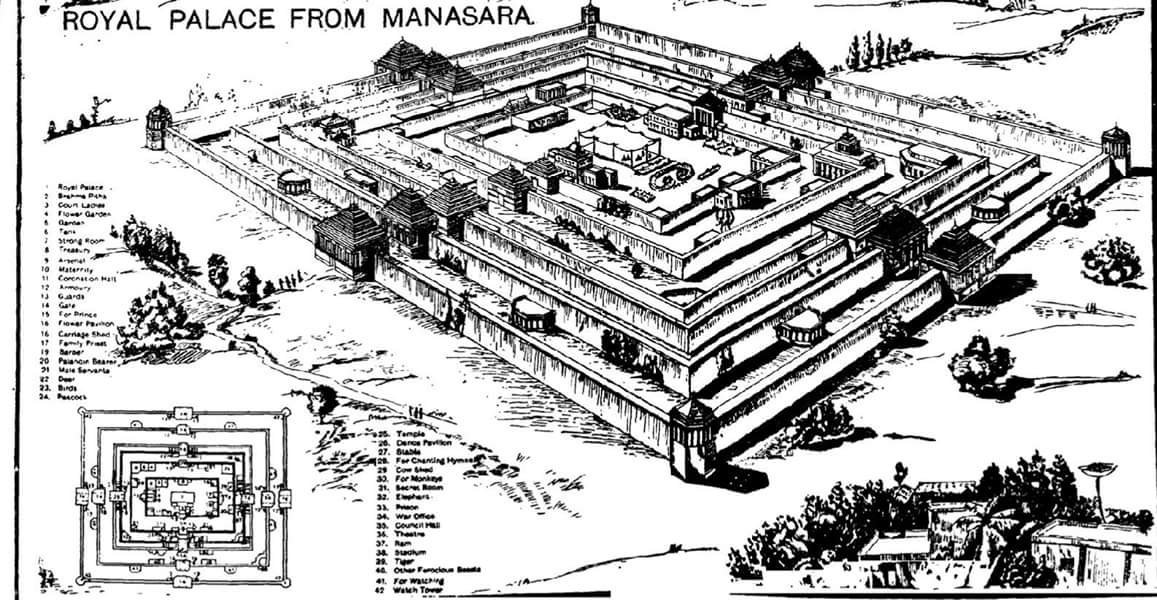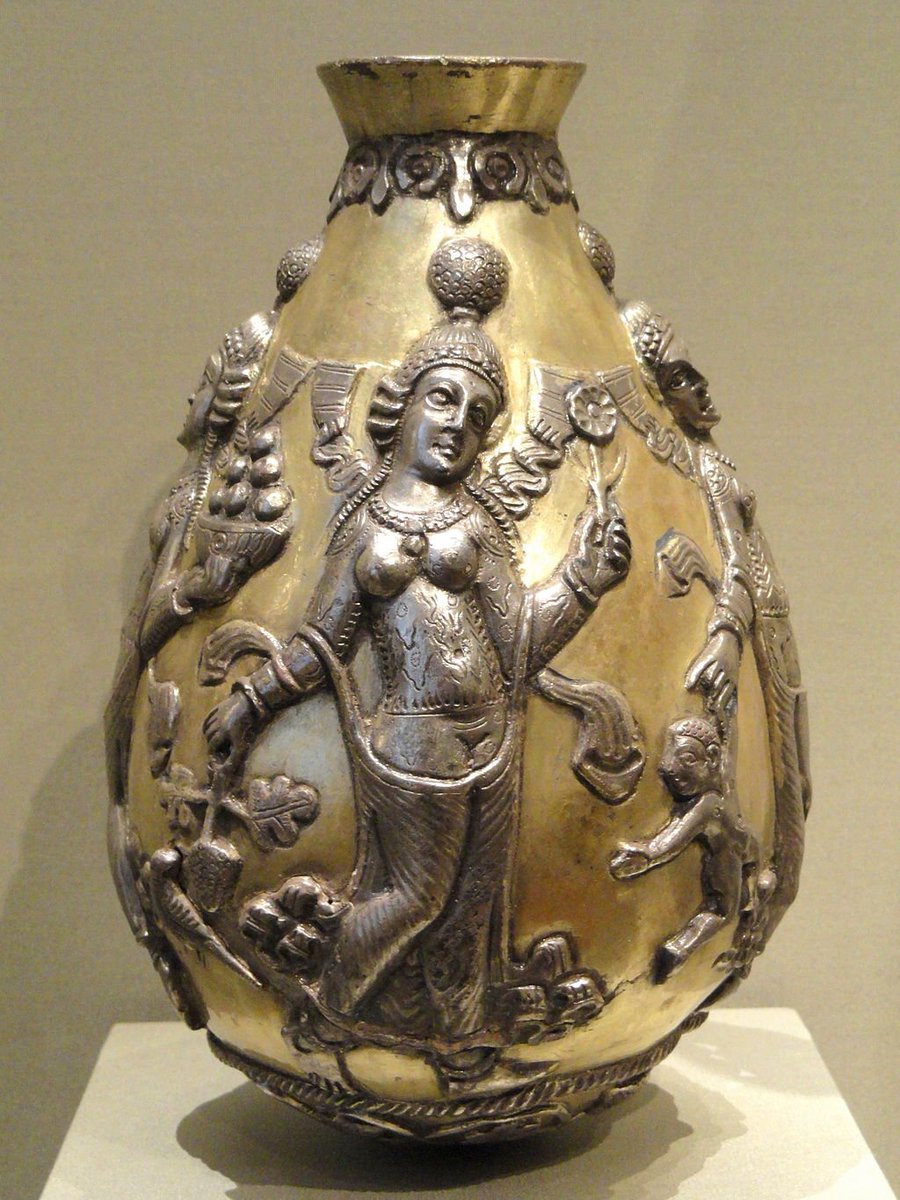The first gardens were created as reliable plots of land where food (edible fruit, seeds etc.) can be collected.
But this is not the case in India, where rain falls only during the monsoon.
The word for a canal in my mother-tongue Telugu "Kāluva" derives from this Sanskrit word.
This word is connected to the Persian word for a garden "Bagh" as well as the German word for a stream "Bach". Small new settlements started to form around the canals.
Technology for controlling the flow of water enabled concentrated settlements of humans. The largest of all human settlements of ancient time, by far, was the Saraswati-Sindhu civilization.
Similarly, the word "Ārya" is derived from "Ara" and it refers to the irrigated land as well as the people doing it. The word for agriculture in Greek is "Yeoryiya" ( please excuse my orthography).
In a previous thread, I discussed how the word "Ārya" is also connected to the words for money ("arjana", "argent"/sliver etc.).
In this earlier thread, I gave several links on this topic.
Later, the water structures were decorated with elaborate sculptures. Probably the greatest example from today is the Rani ki Vaav in Gujarat.
In the Quran, the highest level of Paradise among the heavenly gardens "Jannat" is termed "Firdaus". This word in Arabic comes from the ancient Persian "Paridaeza".
Pari is equivalent to "Peri" in Greek (perimeter). Daeza means walls ("Dwāra", "Darwaza" in Persian). A "paradise" is a walled garden.
Using this symbolism, they modeled the ideal garden as 4 canals meeting at a central pool.
The fame of these Persian gardens later inspired the "Firdaus" of the Quran.
quora.com/If-houses-in-t…

In contrast, the Indian pools kept lotuses. These are considered to have purifying properties as well as a sacred symbolism.
pragyata.com/mag/the-infini…
The ancient city of Varanasi was entirely created as a sacred garden.
Daksha refers to a Prajāpati, the founder of civilization.
But if I have to make a guess, I would place it in the Ārāma of Daksha, where he bored (Ara) water from the Godavari river.










